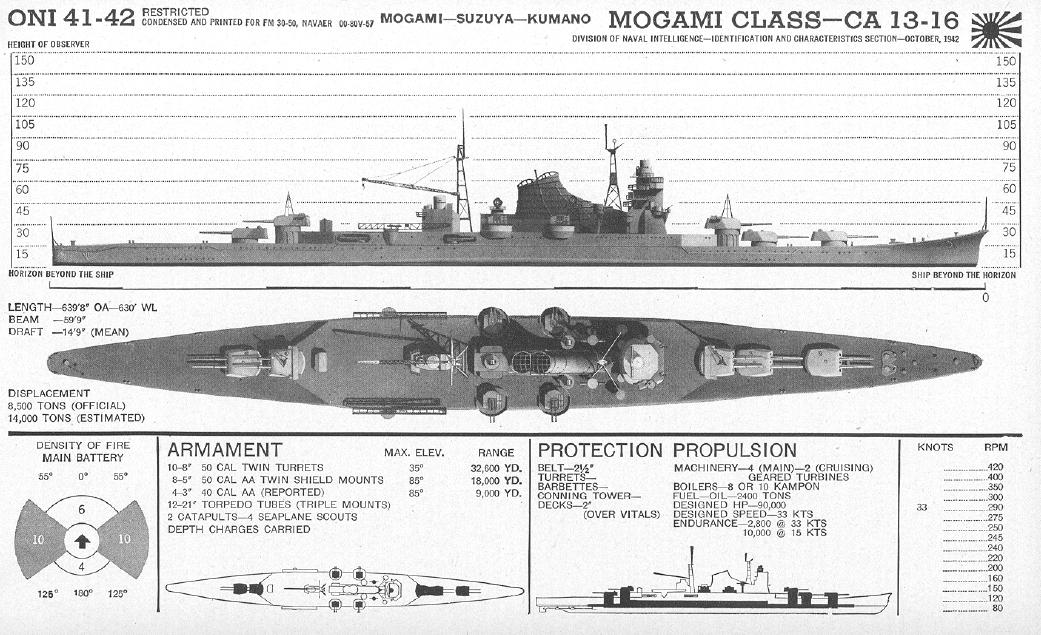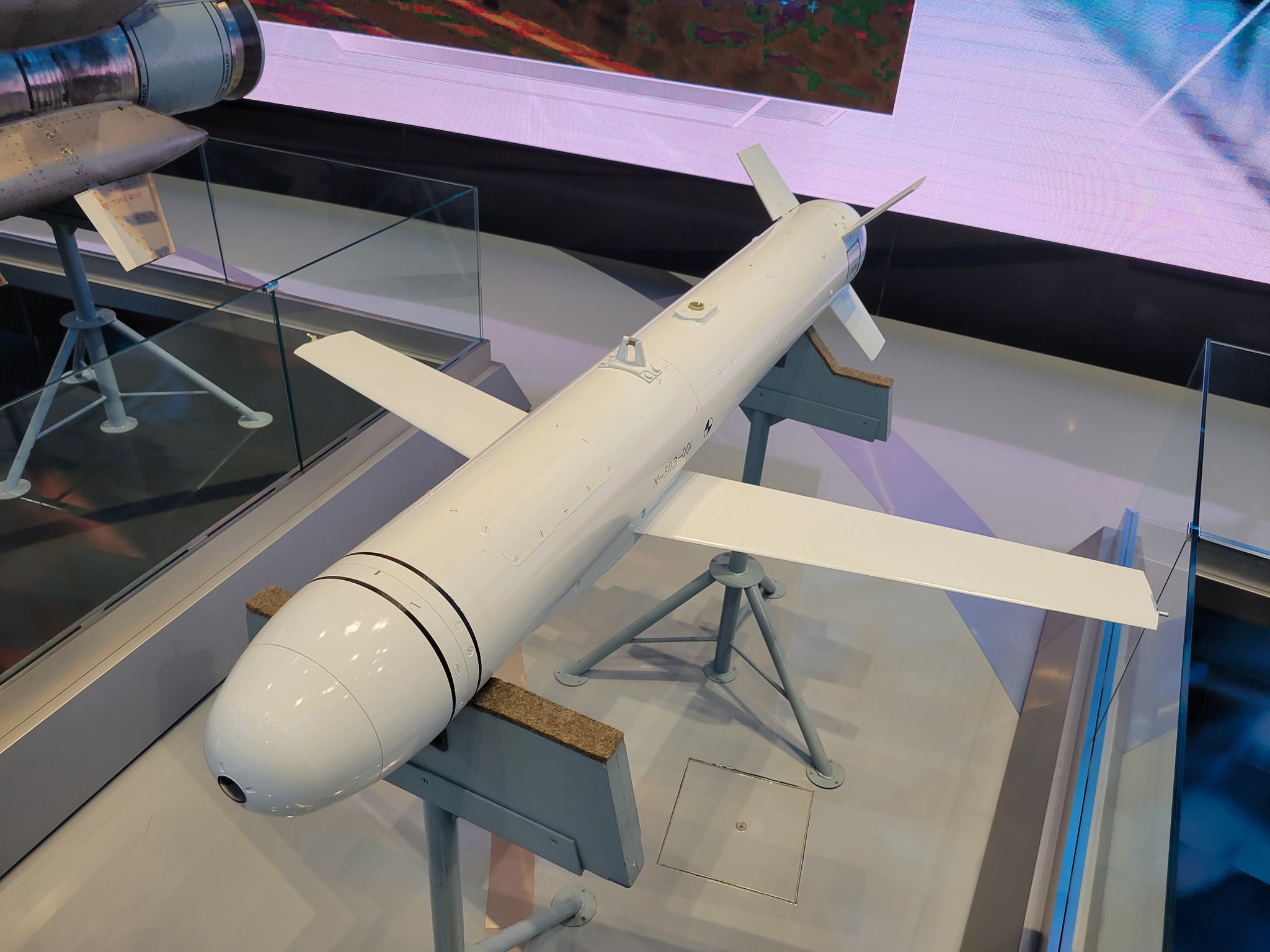Ainen
I really should change my personal text
- Joined
- 25 August 2011
- Messages
- 1,280
- Reaction score
- 1,720
It went through conceptual design more or less simultaneously with them - and at least in terms of "system of systems" one doesn't have to look higher than the top of this page.But Tempest, SCAF/NGF and NGAD are the first of a new generation of 'systems of systems'. Checkmate belongs to the past generation of platforms.
While for SCAF/NGF it may very well be true(they are very far to the right), NGAD is likely to be almost parallel development.
I.e. I'd rather see the actual NGAD first before drawing conclusions. Right now it is a bit premature.


